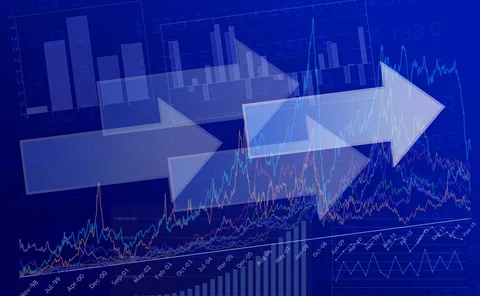Technical paper/Credit valuation adjustment (CVA)
CVA sensitivities, hedging and risk
A probabilistic machine learning approach to CVA calculations is proposed
Capturing the effects of climate change on CVA and FVA
A framework to incorporate climate change risk into derivative prices is presented
Penalty methods for bilateral XVA pricing in European and American contingent claims by a partial differential equation model
Under some assumptions, the valuation of financial derivatives, including a value adjustment to account for default risk (the so-called XVA), gives rise to a nonlinear partial differential equation (PDE). The authors propose numerical methods for…
Multi-curve Cheyette-style models with lower bounds on tenor basis spreads
A solution for a no-arbitrage condition in Cheyette-style models is proposed
Client engineering of XVA
A client’s guide to reducing XVA in times of need
Gaussian process regression for derivative portfolio modeling and application to credit valuation adjustment computations
The authors present a multi-Gaussian process regression approach, which is well suited for the over-the-counter derivative portfolio valuation involved in credit valuation adjustment (CVA) computation.
One bad apple: default risk at CCPs
One clearing member's disproportionately large position increases the credit risk for all CCP members
Credit valuation adjustment wrong-way risk in a Gaussian copula model
In this paper, we present an analytical expression for CVA with WWR under the assumption of the lognormally distributed trade value.
In the balance redux
Mats Kjaer developes a dynamic balance-sheet pricing model for valuation adjustments
Funding and credit risk with locally elliptical portfolio processes: an application to central counterparties
In this paper, the authors extend the scaling approach of Andersen et al (2017a) from a model driven by Brownian motion to one driven by an arbitrary isotropic Lévy process.
CVA wrong-way risk: calibration using a quanto CDS basis
Tsz-Kin Chung and Jon Gregory calibrate wrong-way risk with the help of quanto CDS values
Counterparty risk: credit valuation adjustment variability and value-at-risk
This paper proposes an efficient method to obtain the distribution of the CVA at a given risk horizon, from which risk measures such as the CVA VaR can be computed.
CVA and IM: welcome to the machine
Henry-Labordere proposes a neural networks-based technique to price counterparty risk and initial margin
Counterparty trading limits revisited: from PFE to PFL
The potential future loss is proposed as a replacement for PFE
CVA pricing for commodities with WWR
A calculation of CVA integrating a commodity futures exposure with probability of an event under WWR and credit downgrades
A copula approach to credit valuation adjustment for swaps under wrong-way risk
This paper deals with the credit valuation adjustment (CVA) of interest rate swap (IRS) contracts in the presence of an adverse dependence between the default time and interest rates: so-called wrong-way risk (WWR).
Pathwise XVA Greeks for early-exercise products
The calculation of XVA Greeks for portfolios with early-exercise products is discussed
Derivatives pricing under bilateral counterparty risk
The authors consider risk-neutral valuation of a contingent claim under bilateral counterparty risk using the well-known reduced-form approach.
Calibrating Heston for credit risk
Marco de Innocentis and Sergei Levendorskiĭ describe a faster and more accurate method for market-implied calibration of the Heston model
On the correlation and parametric approaches to calculation of credit value adjustment
This paper develops a connection between the Hull–White parametric approach and the PCL correlation approach for CVA calculation.
A sound modelling and backtesting framework for forecasting initial margin requirements
Anfuso, Aziz, Loukopoulos and Giltinan propose a method to develop and backtest forecasting models for IM

















